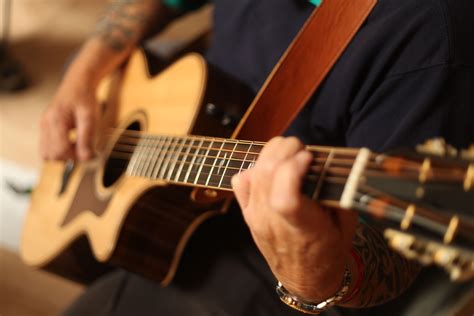How To Play Guitar: A Beginner's Guide to Chords, Strums, and More
So, you've decided to learn guitar? That's fantastic! The guitar is a rewarding instrument, offering a lifetime of musical expression. This guide will walk you through the essential first steps, helping you navigate the exciting journey of becoming a guitarist. We'll cover everything from holding the guitar correctly to strumming your first chords.
Getting Started: The Essentials
Before you dive into chords and scales, let's cover the basics:
1. Choosing Your Guitar
There are several types of guitars, each with its own feel and sound:
- Acoustic Guitars: These are great for beginners due to their simplicity and portability. They don't require amplification.
- Electric Guitars: These require an amplifier and offer a wider range of tones and effects. They are generally considered more complex for beginners.
- Classical Guitars: These have nylon strings, making them gentler on the fingertips, particularly for beginners.
For beginners, an acoustic guitar is often recommended due to its simplicity.
2. Proper Posture and Hand Positioning
Holding the guitar correctly is crucial for comfort and playing efficiency. Sit upright with your back straight. The guitar should rest comfortably against your body. Your fretting hand (usually your left hand) should be relaxed but firm, with your thumb positioned gently behind the neck. Your strumming hand (usually your right hand) should hold the pick comfortably, ready to strum the strings.
3. Understanding the Guitar's Anatomy
Familiarize yourself with the different parts of the guitar:
- Headstock: The top part of the guitar where the tuning pegs are located.
- Tuning Pegs: Used to adjust the tension of the strings, thus changing their pitch.
- Neck: The long, slender part of the guitar where you press down on the strings.
- Fretboard: The flat surface of the neck, marked with frets.
- Frets: Metal bars that divide the neck into sections, determining the pitch of the notes.
- Body: The main part of the guitar that produces sound.
- Strings: The strings vibrate to produce sound.
Learning Your First Chords
Start with easy, fundamental chords. These are often the building blocks for many songs. Popular beginner chords include:
- G Major: A relatively easy chord to learn.
- C Major: Another fundamental and relatively easy chord.
- D Major: Slightly more challenging than G and C, but still achievable for beginners.
- Em (E minor): A minor chord that complements major chords.
There are countless online resources and videos demonstrating how to finger these chords. Search for "how to play G major chord guitar" or similar searches for visual guides. Practice is key! Spend time each day working on these chords, ensuring you can switch smoothly between them.
Strumming Patterns
Once you've mastered a few basic chords, learn some simple strumming patterns. Start with downstrokes only, then gradually incorporate upstrokes. Many beginner guitar songs use simple patterns like:
- Down-down-down-down
- Down-up-down-up
Experiment with different rhythms and find what sounds good to you. Again, YouTube is an invaluable resource for learning different strumming patterns. Search for "easy guitar strumming patterns for beginners".
Practice and Patience
Learning guitar takes time and dedication. Don't get discouraged if you don't sound perfect right away. Consistent practice, even for short periods, is more effective than infrequent long sessions. Celebrate your progress, and enjoy the journey of learning this wonderful instrument!
Beyond the Basics
Once you're comfortable with basic chords and strumming, you can explore:
- More complex chords: Learn more advanced chords to expand your musical vocabulary.
- Scales: Understanding scales opens up the world of melodies and improvisation.
- Fingerpicking: This technique involves plucking individual strings, adding a different dimension to your playing.
Remember, learning guitar is a marathon, not a sprint. Enjoy the process, and have fun making music!
